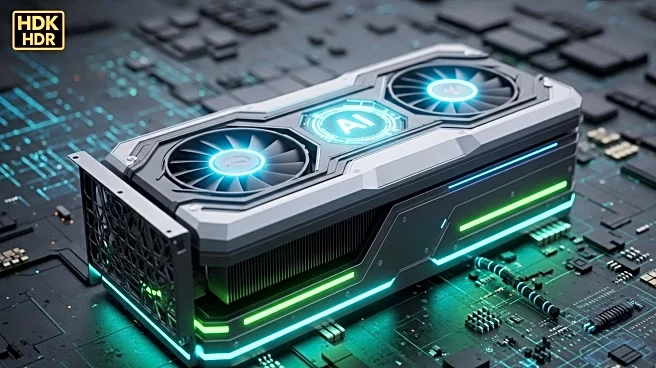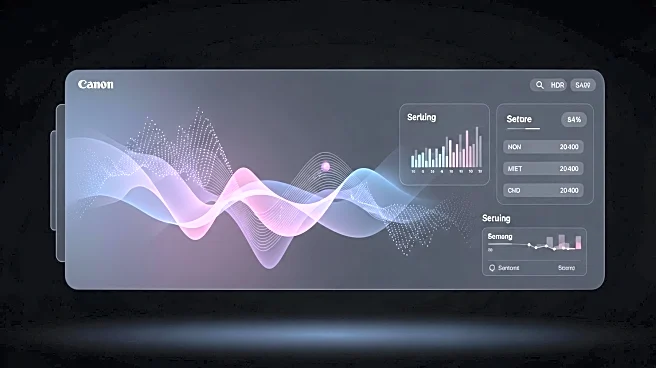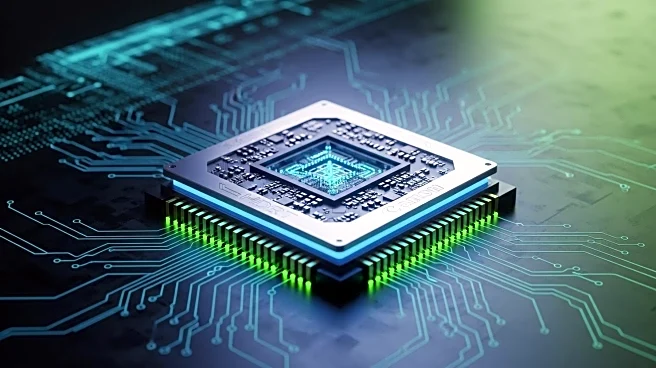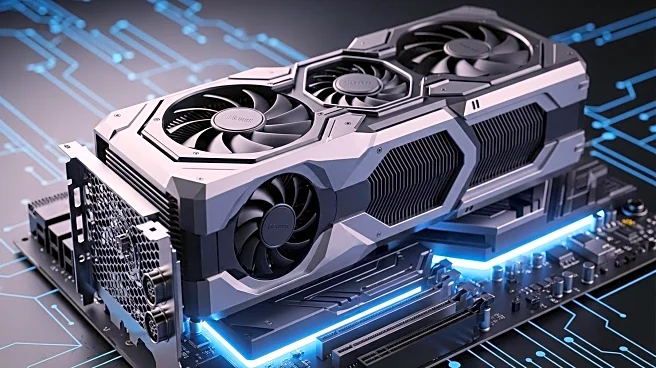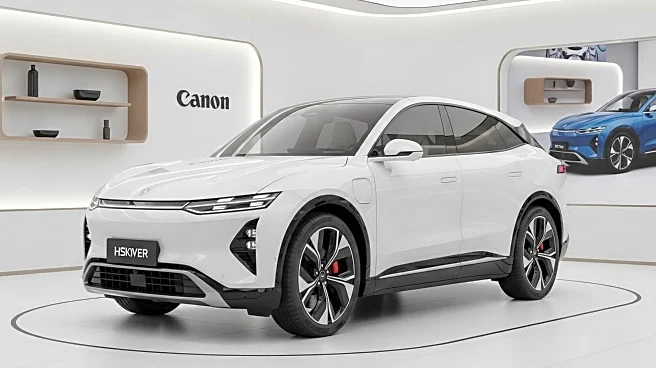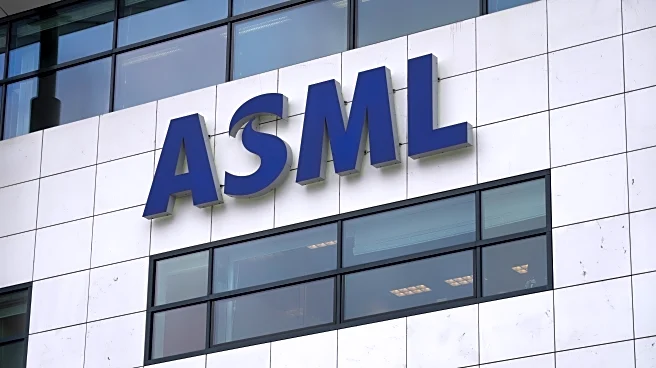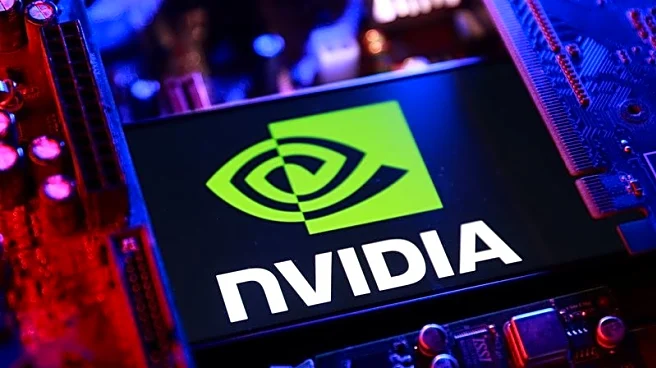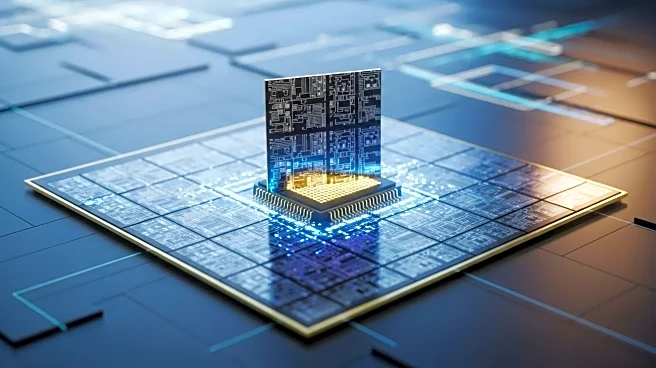What's Happening?
AMD is gearing up to launch its next-generation AI GPU, the MI450, which it claims will outperform Nvidia's current and upcoming GPU architectures in AI workloads. AMD's Executive VP, Forrest Norrod, emphasized the company's commitment to achieving leadership performance across all AI tasks, including training and inference. The MI450 is set to debut next year, and AMD aims to unify its AI and gaming GPU architectures under the UDNA framework. This strategic move is part of AMD's broader ambition to increase its market share in the graphics card industry, which has been dominated by Nvidia.
Why It's Important?
AMD's announcement signals a potential shift in the competitive landscape of the GPU market, particularly in AI applications. By targeting superior performance in AI workloads, AMD is positioning itself to challenge Nvidia's dominance in this sector. Success in AI could translate into advancements in gaming GPUs, potentially offering consumers more powerful and efficient graphics solutions. This development could lead to increased competition, driving innovation and potentially lowering prices for end-users. AMD's strategy to unify its AI and gaming architectures may also streamline its product offerings, enhancing its appeal to both enterprise and consumer markets.
What's Next?
AMD plans to launch the MI450 GPU in about a year, with expectations of significant advancements in AI capabilities. The company is also working on its UDNA architecture, which could impact its gaming GPU lineup by 2026. As AMD seeks to increase its market share to 20%, it will likely focus on expanding its presence in both AI and gaming sectors. Industry observers will be keen to see how AMD's new technologies perform against Nvidia's offerings and whether they can capture a larger portion of the market. The success of AMD's strategy could lead to more competitive pricing and innovation in the GPU industry.
